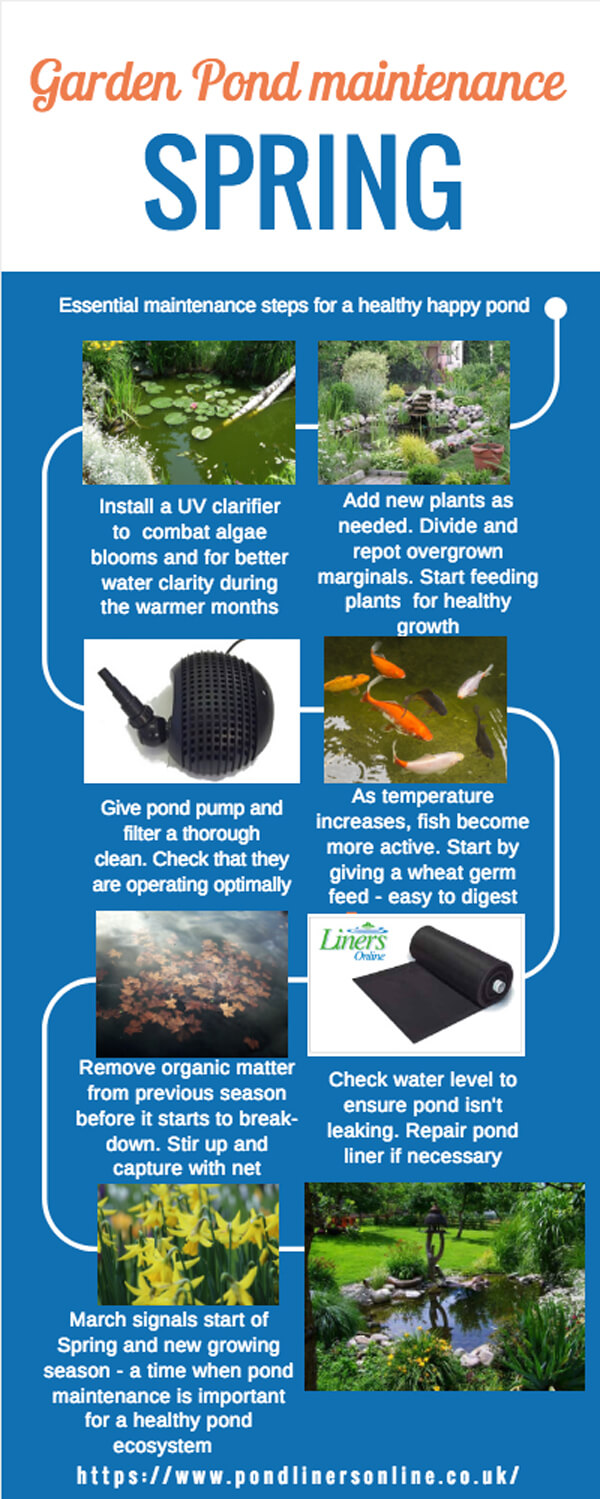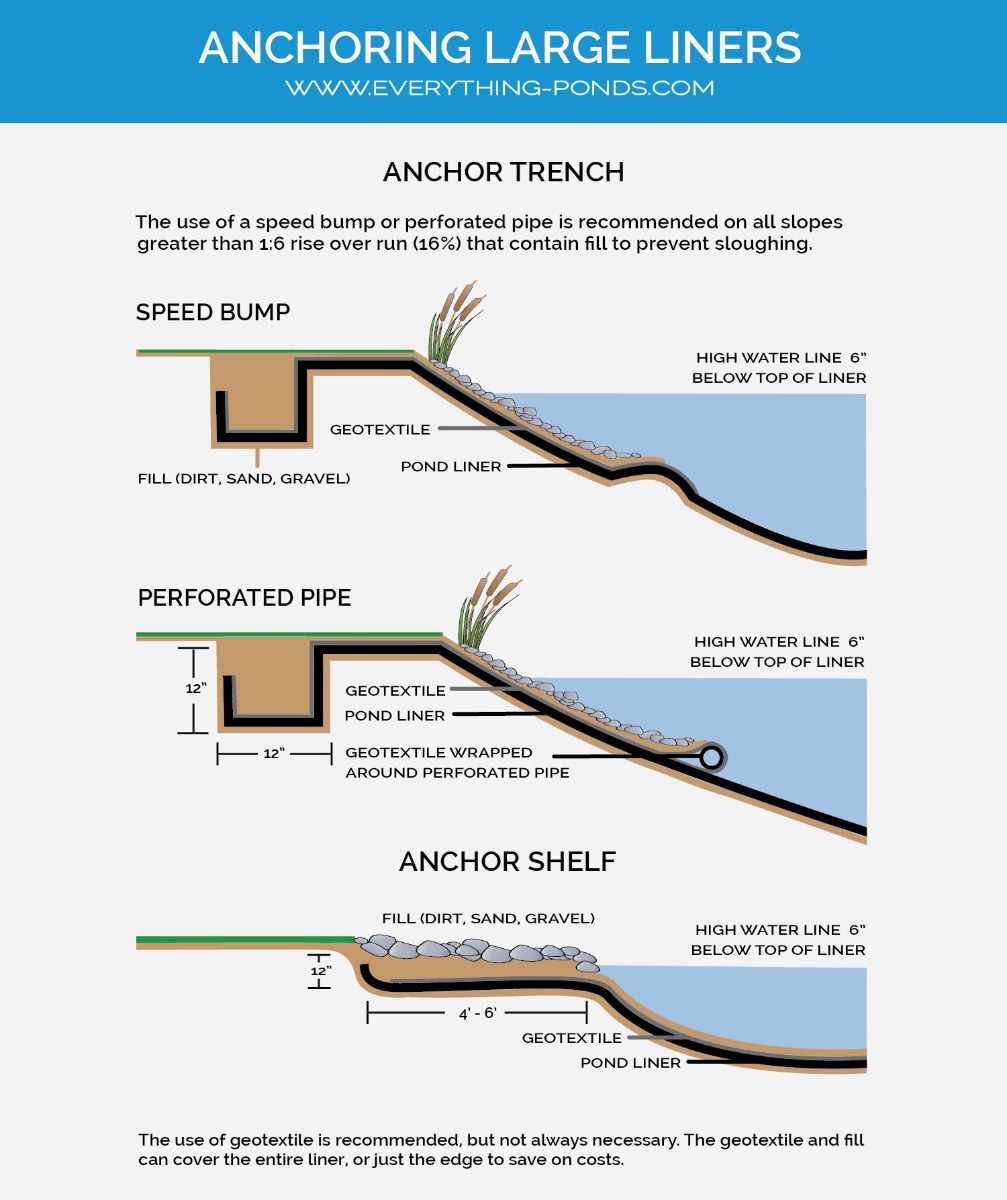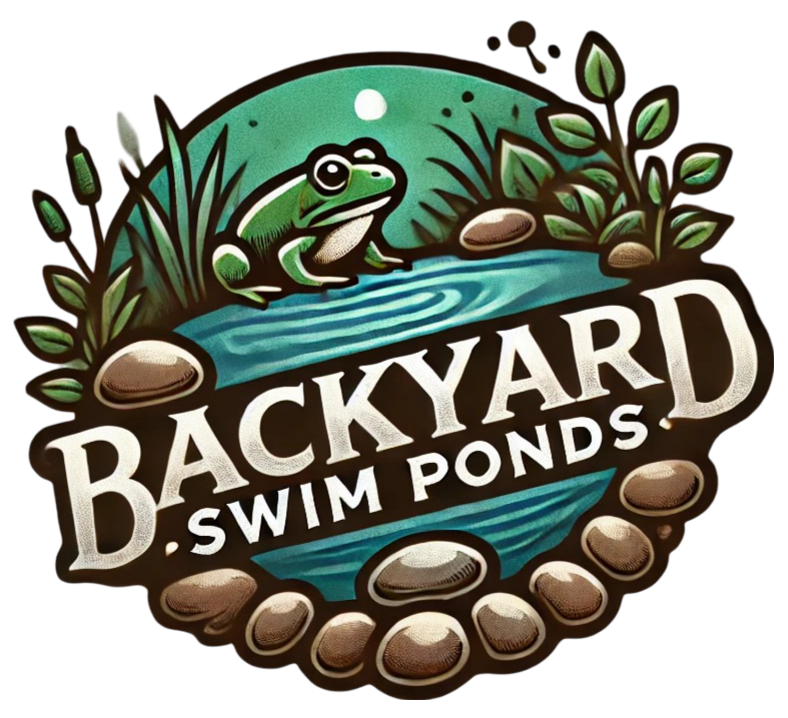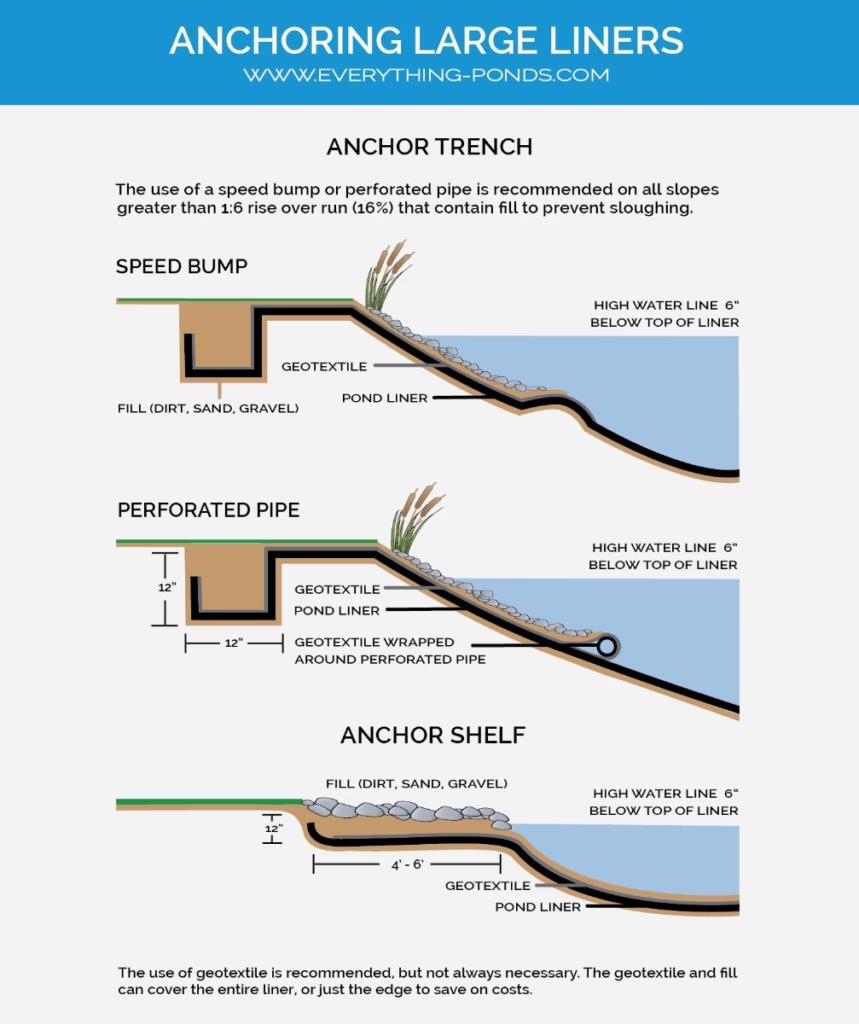Swim ponds have gained popularity as natural swimming alternatives for many homeowners, offering a refreshing experience akin to swimming in a lake. A vital consideration for the longevity and performance of these ponds is the choice of liner material. The right pond liner not only affects the aesthetics of the pond but also plays a critical role in its durability, maintenance needs, and overall environmental impact. For homeowners and DIY enthusiasts, understanding the different options available, along with their durability and associated costs, is essential for an informed decision. This guide delves into the performance of various pond liner materials, focusing on durability, environmental factors, and maintenance practices, empowering readers to choose the most suitable option for their swim pond.
Selecting an appropriate liner material is crucial for long-term success. The durability of the liner directly influences how often maintenance must be performed and the overall costs associated with repairs and replacements. Furthermore, the interaction between the liner and the water quality can impact the ecosystem of the pond. It is also important to consider the environmental sustainability of liner options to minimize ecological impacts, especially in light of ongoing climate concerns.
Comparing Durability: Which Liner Lasts the Longest?
Evaluating the durability of pond liner materials is key to ensuring effective performance in swim ponds. The four most common materials used are EPDM (Ethylene Propylene Diene Monomer), RPE (Reinforced Polyethylene), PVC (Polyvinyl Chloride), and HDPE (High-Density Polyethylene).
Research indicates that RPE liners exhibit puncture resistance that is two to three times greater than that of EPDM, PVC, and HDPE liners, making them particularly suitable for areas that experience high levels of physical activity and wear. HDPE is also noted for its excellent puncture resistance, while EPDM is generally considered less durable compared to other options.
In terms of lifespan, EPDM liners are expected to last between 20 and 30 years. RPE liners may last 30 to 40 years or beyond with proper care, while PVC typically offers a shorter lifespan, especially in environments with high UV exposure. HDPE liners are projected to last 30 years or more in various climates. UV exposure significantly affects the longevity of these liners, particularly in sunny conditions.
This graph shows the lifespan of various pond liner materials under different climatic conditions. (Source: Everything Ponds)
Understanding Environmental Factors that Affect Your Liner Choice
The environmental conditions surrounding a swim pond are significant factors that influence the performance and longevity of liner materials. Different climatic conditions can pose challenges, and choosing a liner material suited to a specific environment can greatly enhance durability and minimize maintenance requirements.
For example, HDPE liners excel in hot, sunny climates due to their strong UV resistance. In contrast, PVC liners are prone to faster degradation when exposed to prolonged sunlight. RPE liners maintain their performance even under intense sunlight, making them a viable option for areas with high UV exposure.
Homeowners in tropical or hot climates should consider using materials capable of retaining structural integrity and resisting puncture damage. Conversely, in cooler climates, EPDM is recommended for its flexibility, although it may require additional maintenance due to lower puncture resistance.

This visual representation illustrates various climates and the recommended pond liner materials suitable for each environment. (Source: BigCommerce)
Hidden Costs of Swim Pond Liners You May Not Consider
While the initial cost associated with pond liners is often straightforward, it is important to keep in mind potential hidden costs. Various factors contribute to the overall expense, including ongoing maintenance and repair needs for damaged liners.
Material costs can vary significantly; for example, PVC liners are typically less expensive upfront but tend to incur higher long-term maintenance costs due to their vulnerability to UV damage and degradation. RPE and HDPE may require a higher initial investment, but their durability leads to reduced repair and replacement needs over time.
Additionally, environmental costs related to liner degradation can increase due to interactions with treatment chemicals and water quality management. Homeowners should also factor in the possible expenses resulting from improper water treatment chemicals adversely affecting liner durability when selecting a pond liner.

This chart illustrates the long-term total costs associated with different pond liner types, focusing on maintenance and repair. (Source: Pond Liners Online)
DIY Solutions for Maintaining and Repairing Your Pond Liner
Proper maintenance of pond liners is essential for extending their lifespan, and many homeowners find that DIY solutions can be both effective and economical. Regular inspections, along with cleaning practices, can help prevent long-term damage.
Routine visual inspections are recommended, especially after severe weather events. Establishing a seasonal inspection schedule is advisable, focusing on thorough checks in spring and fall when temperature changes can affect the liner’s condition.
Gentle cleaning techniques should be employed, utilizing soft brushes and pond-safe cleaners to avoid damaging the liner. DIY repair methods for punctured liners can result in significant cost savings. Homeowners can use patch kits specifically designed for the liner material to effect repairs without necessitating a complete liner replacement. Maintaining proper water chemistry and avoiding complete drainage of the pond are also critical in preventing liner damage from repeated wear and tear.

This infographic provides step-by-step instructions for DIY repair methods for punctured pond liners. (Source: The Pond People)
Is Your Current Pond Liner Sustainable and Eco-Friendly?
The environmental impact of pond liners is an increasingly relevant consideration. Homeowners seeking sustainable options must evaluate the eco-friendliness of various materials available in the market.
RPE liners are often among the most environmentally friendly, as they are typically made from recyclable materials that minimize ecological harm, while newer formulations emphasize reducing chemical leaching and ecological disturbance. EPDM also provides eco-friendly options, as its long lifespan results in less frequent replacements.
Conversely, while effective, PVC is generally regarded as being less sustainable, given its material properties that can lead to degradation. Innovations in liner technology, such as the use of bio-based materials and enhanced recyclability, reflect a growing trend towards sustainability in pond applications.

This comparison chart shows eco-friendly liner options supplemented with sustainability ratings based on material properties. (Source: Everything Ponds)
Future Innovations in Pond Liners That Will Change Your Approach
Technological advancements are reshaping the landscape of pond liner options. Emerging materials and designs promise to enhance durability and social responsibility for homeowners concerned about environmental impact.
Innovations such as nanotube-based migration blocking technology enhance the longevity of HDPE geomembranes. Enhanced UV-resistant liners specifically developed for prolonged exposure to sunlight are also gaining traction, offering additional protection against deterioration.
Reinforced polypropylene liners represent another exciting advancement, delivering better durability for commercial applications. The introduction of wider, single-panel liners reduces the number of seams, thus minimizing common weak points in traditional installations.
As these technologies progress, they have the potential to redefine long-term maintenance requirements for swim ponds. Experts suggest that future developments could lead to liners that last beyond current expectations, aligning closely with homeowners’ goals for efficiency and sustainability in pond management.
In summary, understanding the various options available for swim pond liners—spanning durability, environmental implications, and maintenance practices—is critical for homeowners and DIY enthusiasts looking to maintain a sustainable and enjoyable swimming experience. Each material option—EPDM, RPE, PVC, and HDPE—presents unique benefits and challenges. By assessing fundamental factors such as longevity, maintenance requirements, hidden costs, and innovations in the field, individuals can make informed decisions suited to their specific needs and desires. Investing time in proper maintenance and gaining knowledge about the various liner types can ultimately maximize the swimming pond experience.

